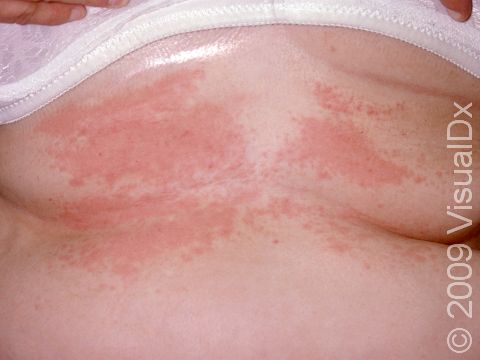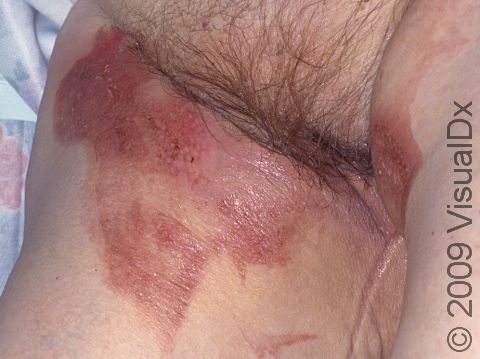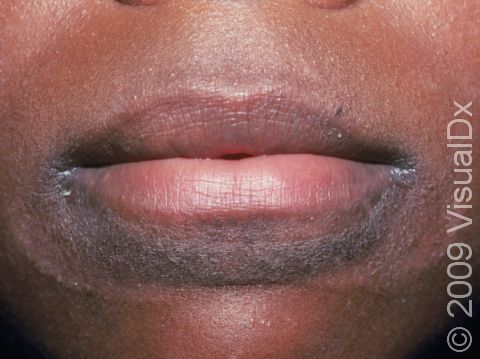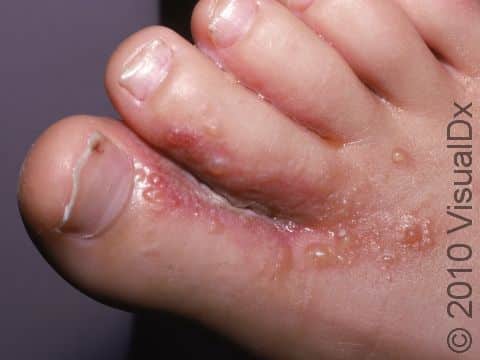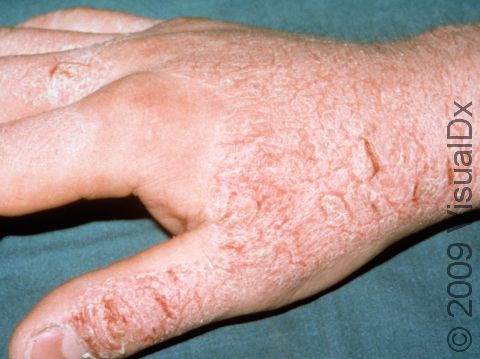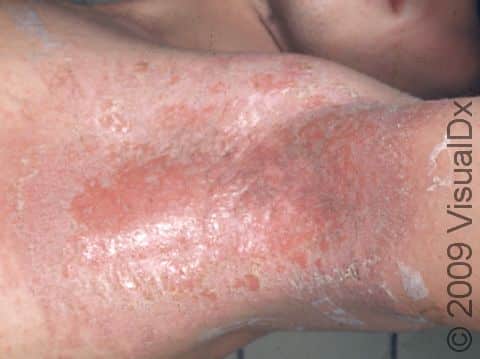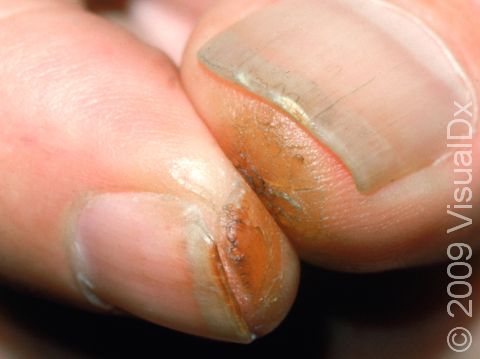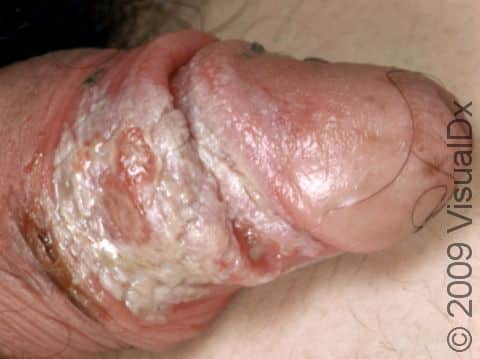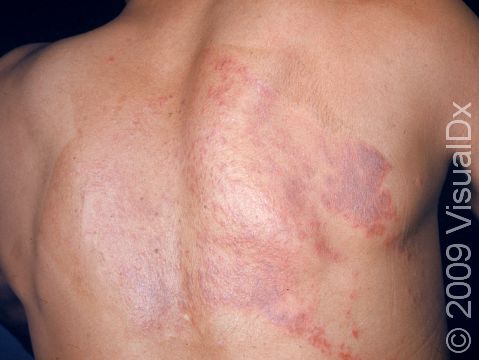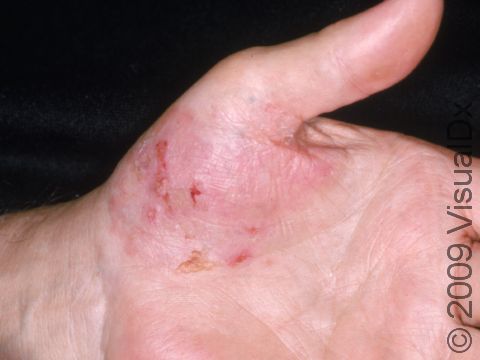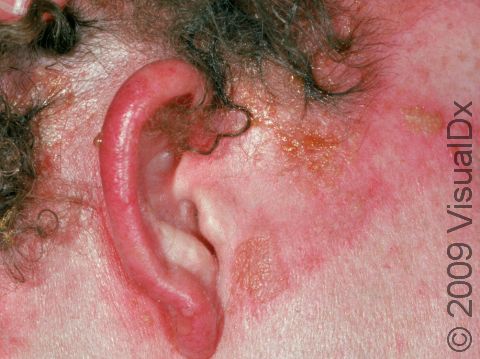Irritant Contact Dermatitis
Irritant contact dermatitis is an inflammatory rash caused by direct physical or chemical injury to the skin. Unlike allergic contact dermatitis, which appears 24-72 hours after exposure to an allergen, the symptoms of irritant contact dermatitis can result within a few hours, especially with exposure to a strong irritant.
Most individuals notice a burning or stinging sensation shortly after exposure to the irritant as well as a rash. The rash may then become itchy.
Common irritants causing irritant contact dermatitis include soaps and detergents, solvents, mild acids, and chemicals with a high pH (alkalis), fiberglass, hair products, bleach, rubber gloves, and plants.
Who's At Risk?
Irritant contact dermatitis can occur in anyone at any age.
- People with a history of eczema (atopic dermatitis) commonly experience irritant contact dermatitis.
- People who live in dry climates are predisposed to irritant contact dermatitis.
- Certain activities and jobs can predispose people to irritant contact dermatitis, such as cleaning, health care work, construction work, food preparation, and hairdressing.
Signs & Symptoms
The most common location for irritant contact dermatitis is the hands, although any body surface can be involved, including the genitals.
- The affected areas appear as pink-to-red macules (small, flat, smooth areas) or patches (larger flat, smooth areas). In darker skin colors, the redness may be harder to see or may appear more purple or gray.
- The areas may have a sharp border corresponding to the irritant exposure.
- In long-standing cases, the affected areas may become scaly or crack.
- When on the fingertips, the skin may become scaly, crack, or peel.
Self-Care Guidelines
- Try to avoid further exposure to the irritant, if known, or protect the skin from re-exposure.
- For irritated skin in body folds, consider applying a barrier cream with zinc oxide paste, such as Desitin.
- Apply petroleum jelly (eg, Vaseline) or a thick moisturizing cream (eg, CeraVe moisturizing cream) to wet skin after bathing or washing. Reapply at least twice daily to help further protect the affected skin areas.
- For itchy areas, try applying over-the-counter hydrocortisone cream or ointment (0.5%-1%) twice daily.
Treatments
Your medical professional may prescribe a topical steroid.
Visit Urgency
Seek medical evaluation for a rash that does not resolve with self-care measures.
References
Bolognia J, Schaffer JV, Cerroni L. Dermatology. 4th ed. Philadelphia, PA: Elsevier; 2018.
James WD, Elston D, Treat JR, Rosenbach MA. Andrew’s Diseases of the Skin. 13th ed. Philadelphia, PA: Elsevier; 2019.
Kang S, Amagai M, Bruckner AL, et al. Fitzpatrick’s Dermatology. 9th ed. New York, NY: McGraw-Hill Education; 2019.
Paller A, Mancini A. Paller and Mancini: Hurwitz Clinical Pediatric Dermatology. 6th ed. St. Louis, MO: Elsevier; 2022.
Last modified on September 18th, 2023 at 1:31 pm

Not sure what to look for?
Try our new Rash and Skin Condition Finder
